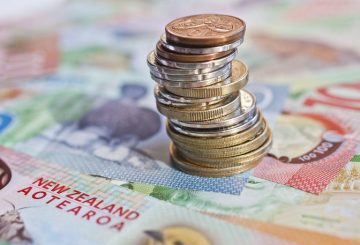ニュージーランド人は、今後数年間で税に関する大きな議論に直面する可能性があります。アナリストによると、重要な問題は、キャピタルゲイン税が必要かどうかだけでなく、国が十分な税金を徴収しているかどうかだという。財務省の最高経済顧問であるドミニク・スティーブンス氏によると、現在、ニュージーランドは経済の約2.4%の財政赤字を抱えています。
財務省の2021年報告書では、気候変動によるコスト、高齢化、医療費の増加など、いくつかの課題が指摘されています。支出の傾向が続くと、国の債務は持続不可能になる可能性があります。退職する人が増えれば、働いて税金を払っている人は減るだろう。
オークランド大学のRobert MacColloch教授は、経済の弱さが健康と教育のための資金調達を困難にし、次の選挙では税に関する議論につながると考えています。労働党は英国労働党と同様にサービスを支援するために増税を推し進めるかもしれないが、国民党はそのような変化に抵抗するかもしれない。
税務専門家のテリー・バウチャー氏は、2.4%の赤字は約100億ドルに相当すると警告した。彼は、2010年以降の英国で見られるように、政府経費の削減は赤字を悪化させる可能性があると主張している。年金、医療、気候変動にかかる費用の増加により、ニュージーランドは増税が必要になる可能性が高く、GDPの約 2%、つまり80億ドルの増加が見込まれるが、これは長期的に分散させる必要がある。
バウチャー氏は、現政権は必要な増税を延期する可能性があると指摘している。富の大半を保有する裕福な高齢世代は、税金を上げるような変化に抵抗するかもしれない。彼は、ニュージーランドは気候変動による金融リスクに十分に対処できていないと考えています。
オタゴ大学のデニス・ウェッセルバウム氏のような専門家たちも、高齢化が進むにつれて、医療やサービスに高い税金がかかる可能性があるという意見に同意している。彼らは、潜在的な解決策として、政府の効率性を管理するか、若年移民の受け入れを増やすことを提案している。
最終的に、指導者たちは、増税、高齢者給付の削減、政府支出の削減といった難しい選択に直面するかもしれない。サービスに対する需要は増えているものの、支払うべき人が減っているため、将来の財務計画が複雑になっています。




























































